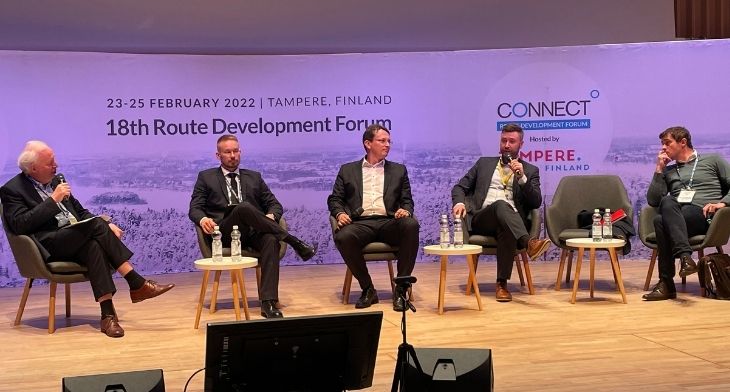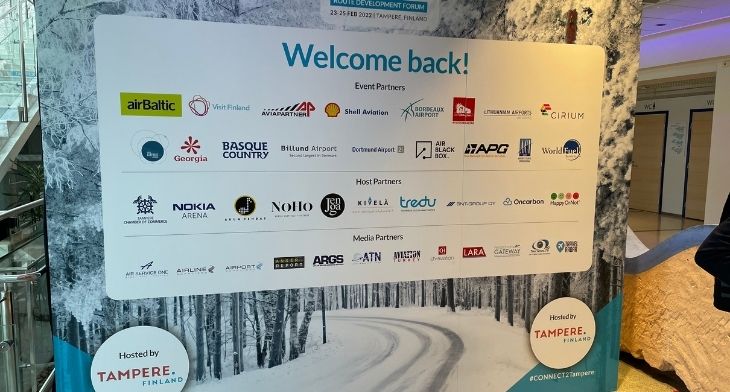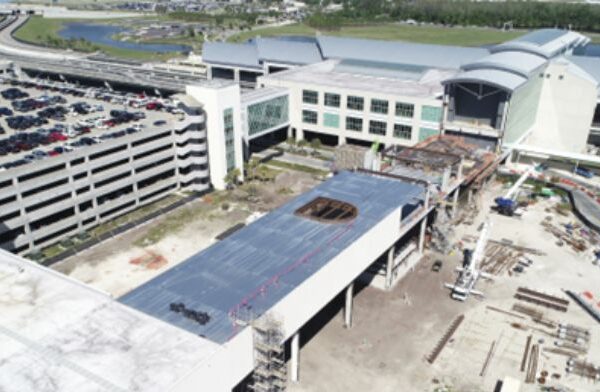


The global pandemic might have changed the way we work and been the key driver behind the hybrid working model, however Business Tampere’s Director Investments and Global operations, Harri Ojala, was keen to stress he still “believes in business travel and we need to continue putting more effort in to boosting these networks.”
Ojala was speaking during this year’s Connect route development forum being held in Tampere, Finland this week from 23-25 February. Petri Vuori, SVP Sales and Route Development, Finavia agreed. He stated that Finland really has three categories of airports. First is its primary and biggest hub – Helsinki Airport. Then there are the Lapland airports, which primarily serve inbound tourism during the winter season, a sector that is rapidly growing for the airport operator. Finally there are the country’s regional hubs, such as Tampere. “While there has been a big shift in workers moving back to these regions as a result of lockdowns, they now need to travel and commute for work,” he said explaining that although it’s perhaps not what it once was, there is still a demand for business travel.
Meanwhile, Niall O’Connor, Commercial Director, Base Consulting Resources, said that based on his own experience of remote working, “I think we will revert back to face-to-face networking and office working, although it will be more flexible than previously. But in terms of the Nordics and domestic traffic I’d be more concerned around the challenges to short domestic flights that the environmental agenda will raise. Countries with good train networks will find there is increasing pressure on their aviation sector.”
Economic development strategies will also be key to boosting regional growth and aviation has a key role to play here. Ojala noted that, “Tampere has attracted hundreds of millions of euros in private investments over the last five years, people need to like what they see when they are thinking of relocating here and to know there are good transport links.”
Jesper Klausholm, Head of Airline Relations and Marketing at Billund Airport added, “It’s about society coming together to build services. We need to understand passenger demand. Legoland is a strong brand attracting inbound tourism and investment, but we also have universities and a burgeoning business sector. Air transport is integral to delivering the talent and customers for these amenities.”
Underlining that regional investment is integral to growth Vuori added, “Passengers need a reason to fly to your destination. It’s not because of a nice terminal or new runway, airports and the regions they serve need to collaborate in terms of economic development.”
All speakers agreed that the Nordics will benefit from the growth of LCC traffic. “Ryanair and Wizz Air are showing strong growth. If airports in the region have an appetite for growth they will need to target LCCs and get them to commit to serving their respective hub in return for those low fees,” said O’Connor.
In terms of sustainable operations, Klausholm revealed that, “by 2025 Billund will have one domestic route flown on green fuel.” Adding that the airport will continue to invest in delivering the sustainable fuels of the future, he concluded, “aviation might even be the first form of transport to be entirely green in Denmark.”






